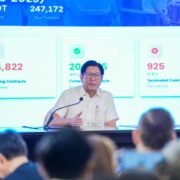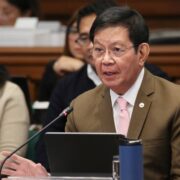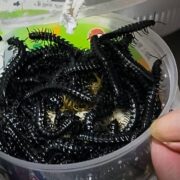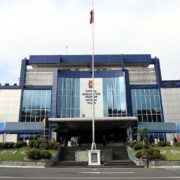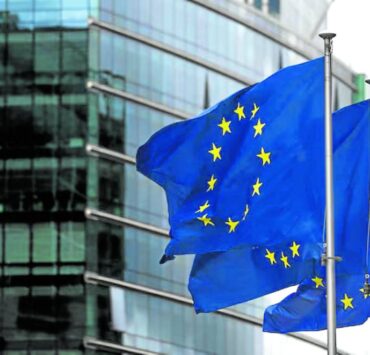Governments target jobless US scientists
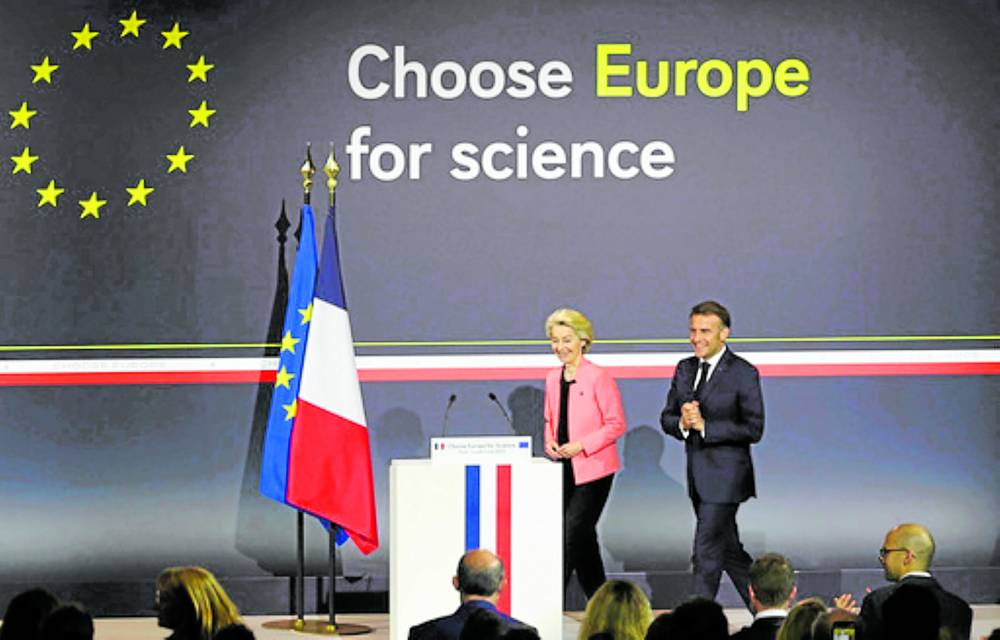
As the Trump administration cut billions of dollars in federal funding to scientific research, thousands of scientists in the United States lost their jobs or grants—and governments and universities around the world spotted an opportunity.
The “Canada Leads” program, launched in April, hopes to foster the next generation of innovators by bringing early-career biomedical researchers north of the border.
Aix-Marseille University in France started the “Safe Place for Science” program in March—pledging to “welcome” US-based scientists who “may feel threatened or hindered in their research.”
Australia’s “Global Talent Attraction Program,” announced in April, promises competitive salaries and relocation packages.
“In response to what is happening in the US,” said Anna-Maria Arabia, head of the Australian Academy of Sciences, “we see an unparalleled opportunity to attract some of the smartest minds here.”
Since World War II, the United States has invested huge amounts of money in scientific research conducted at independent universities and federal agencies. That funding helped the United States to become the world’s leading scientific power—and has led to the invention of cell phones and the internet as well as new ways to treat cancer, heart disease and strokes, noted Holden Thorp, editor in chief of the journal Science.
Waste, inefficiency
But today that system is being shaken.
Since President Donald Trump took office in January, his administration has pointed to what it calls waste and inefficiency in federal science spending and made major cuts to staff levels and grant funding at the National Academy of Sciences, the National Institute of Health (NIH), Nasa and other agencies, as well as slashing research dollars that flow to some private universities.
The White House budget proposal for next year calls to cut the NIH budget by roughly 40 percent and the National Science Foundation’s by 55 percent.
“The Trump administration is spending its first few months reviewing the previous administration’s projects, identifying waste, and realigning our research spending to match the American people’s priorities and continue our innovative dominance,” said White House spokesperson Kush Desai.
Already, several universities have announced hiring freezes, laid off staff or stopped admitting new graduate students. On Thursday, the Trump administration revoked Harvard University’s ability to enroll international students, though a judge put that on hold.
Concern, opportunities
Research institutions abroad are watching with concern for collaborations that depend on colleagues in the United States—but they also see opportunities to potentially poach talent.
“There are threats to science … south of the border,” said Brad Wouters of University Health Network, Canada’s leading hospital and medical research center, which launched the “Canada Leads” recruitment drive. “There’s a whole pool of talent, a whole cohort that is being affected by this moment.”
Universities worldwide are always trying to recruit from one another, just as tech companies and businesses in other fields do. What’s unusual about the current moment is that many global recruiters are targeting researchers by promising something that seems newly threatened: academic freedom.
European Commission President Ursula von der Leyen said this month that the European Union intends “to enshrine freedom of scientific research into law.”
Eric Berton, president of Aix-Marseille University, expressed a similar sentiment after launching the institution’s “Safe Place for Science” program.
“Our American research colleagues are not particularly interested by money,” he said of applicants. “What they want above all is to be able to continue their research and that their academic freedom be preserved.”





